| 1. | Introduction |
| 2. | Neutral density filters (ND) |
| 3. | Graduated neutral density filters (GND) |
| 4. | Natural night |
| 5. | Making the tests and results |
| 6. | Conclusion |
| 7. | After conclusion... |
This page will describe NiSi V6 filters, Professional Kit. When I compared the contents with a cheaper Starter Kit, I realized that I would miss important filters which I would have to buy separately and it would probably be more expensive than the Professional Kit. The set contains filters of these types:
Filters of the first three types are of a rectangular shape and are mounted into a holder which is a part of the set. The polarizing filter is screwed into the holder's adapter ring having a mechanism enabling independent rotation of the polarizing filter even if other filters are mounted.
The filters reduce the intensity of light. They find their use if we need to prolong the shutter speed when it cannot be achieved by lowering ISO and increasing aperture. The filters must not change the colour if the image.
These filters are used for darkening a part of a picture, usually a sky. The kinds differ from each other by steepness of the transition. The filters must not change the colour of the image.
The pictures were taken in full manual mode. ISO was set to 200, aperture to 8 and shutter speed measured so as to achieve correct exposition of the first image. The same settings wwere then used for all pictures. Images without and with a filter are alternated. The transition was not always set to the best position.
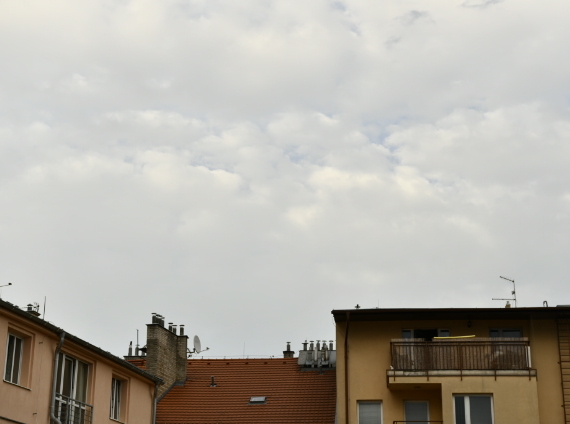 |
| No filter |
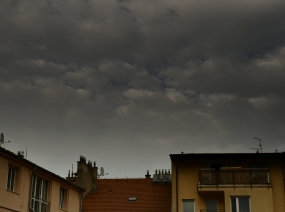 |
| Graduated, GND 0.9, Reverse |
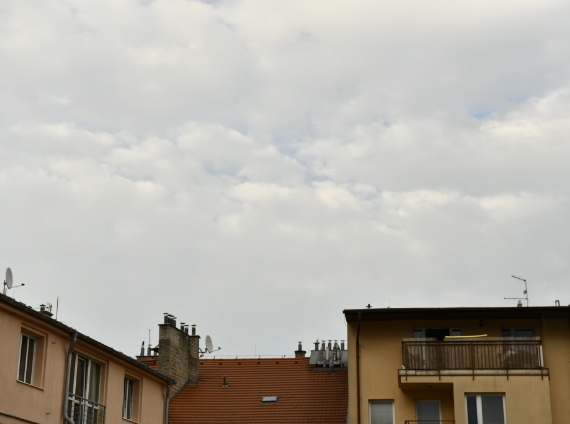 |
| No filter |
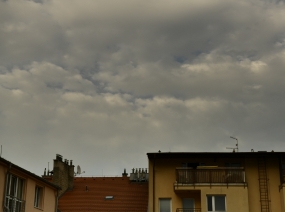 |
| Graduated, GND 4, Hard |
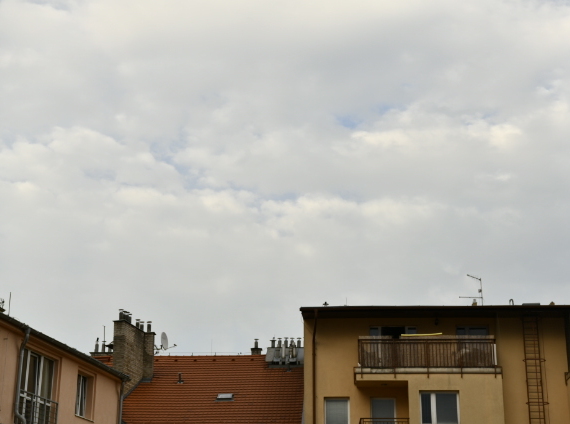 |
| No filter |
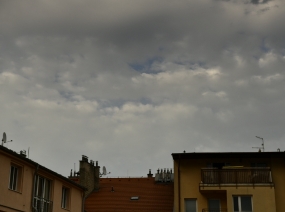 |
| Graduated, GND 0.9, Medium |
 |
| No filter |
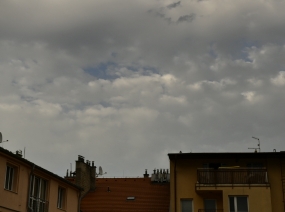 |
| Graduated, GND 0.9, Soft |
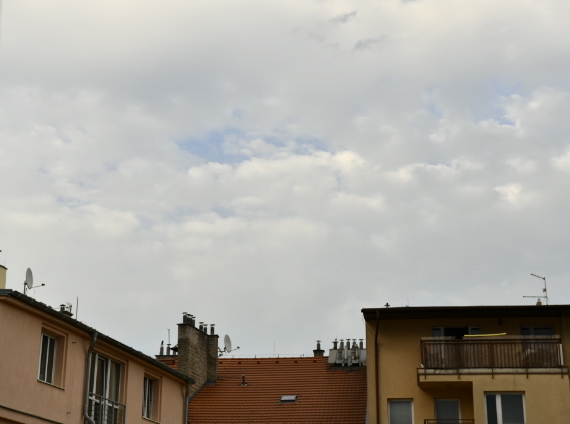 |
| No filter |
The filter removes the light pollution in cities during night.
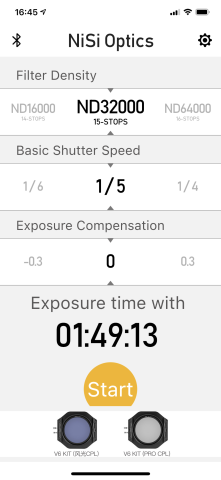 We reported on Effect of ISO on Digital Noise that autofocus can have problems at some
conditions. We have therefore used manual focus in live view during this test. We have
selected ISO 200 and aperture 8. Shutter speed was set by measuring the light reflected from
the grey table. The table was used to set custom white balance as well. The grey table is
shown on the first picture. Pictures with the graduated filters and the natural night filter
were exposed at the same conditions in manual mode. Shutter speed for use with the ND filters
was determined by means of the NiSi ND Calculator App. The ND32000 filter was not tested
because, as shown on the preview on the right, the time would be too long. It can, of course,
be compensated by other parameters bu then the conditions would not be identical for all
filters. The app is freely available but the version for iOS has one problem. Its name in App
Store is only in Chinese. I have installed the app the name of which is on the picture below:
We reported on Effect of ISO on Digital Noise that autofocus can have problems at some
conditions. We have therefore used manual focus in live view during this test. We have
selected ISO 200 and aperture 8. Shutter speed was set by measuring the light reflected from
the grey table. The table was used to set custom white balance as well. The grey table is
shown on the first picture. Pictures with the graduated filters and the natural night filter
were exposed at the same conditions in manual mode. Shutter speed for use with the ND filters
was determined by means of the NiSi ND Calculator App. The ND32000 filter was not tested
because, as shown on the preview on the right, the time would be too long. It can, of course,
be compensated by other parameters bu then the conditions would not be identical for all
filters. The app is freely available but the version for iOS has one problem. Its name in App
Store is only in Chinese. I have installed the app the name of which is on the picture below:

The advantage of the app is the integrated count-down for long shutter speeds. It suits most if the shutter speed is set either to bulb or time. For better stability of the camera I used 3 seconds' delayed shutter opening. In addition, I use the quiet mode which means that the exact moment of shutter opening can only be guessed. In spite of that, when testin the ND1000 filter the difference between calculated and exact shutter speed was just a tenth of a second.
EXIF can only contain information available to the device. However, the filters do not communicate with the camera body which means that information about filters mounted is not present in EXIF. It had to be added to the captions manually. On the other hand, the actual shutter speed in the bulb or time modes is measured by the camera and included in EXIF.
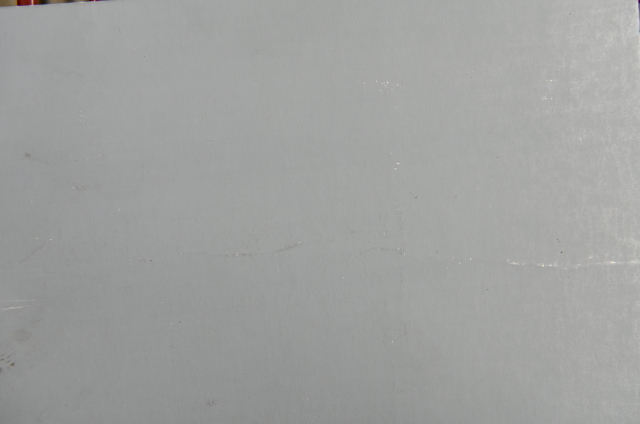 |
| Grey table; Shutter Speed: 1/5 |
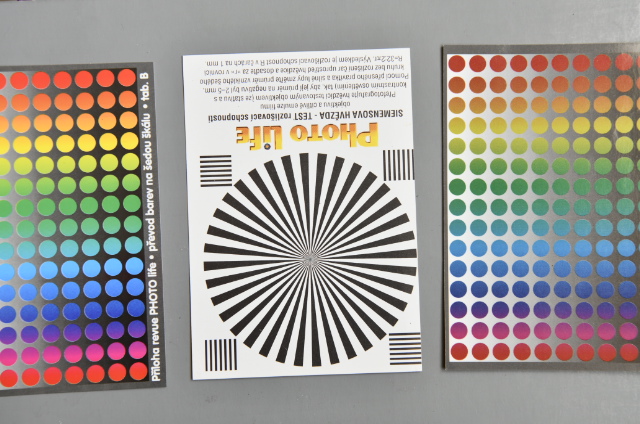 |
| No filter; Shutter Speed: 1/5 |
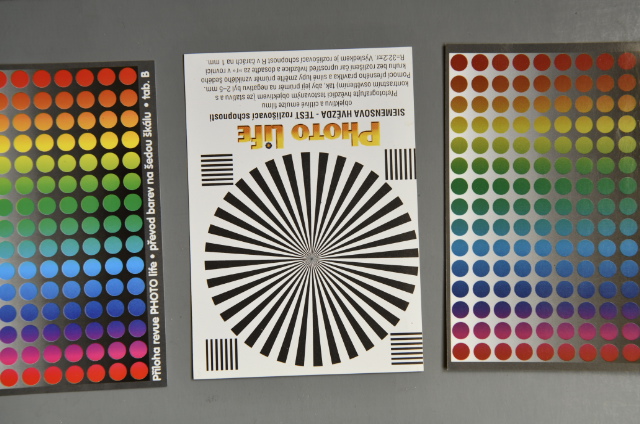 |
| Grad soft; Shutter Speed: 1/5 |
 |
| Grad soft, different position; Shutter Speed: 1/5 |
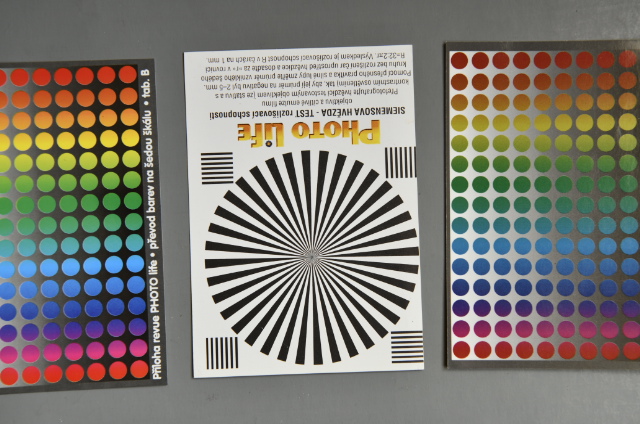 |
| Grad medium; Shutter Speed: 1/5 |
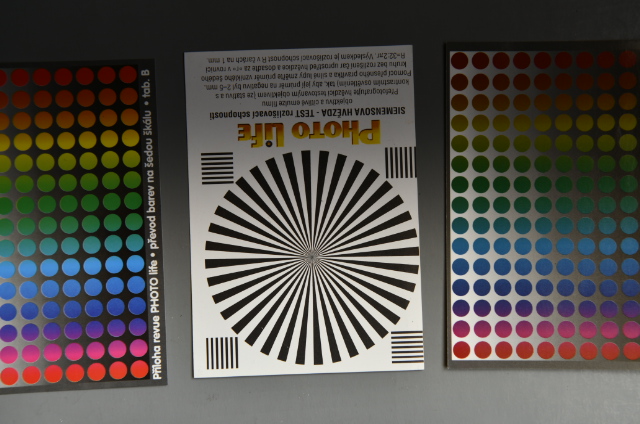 |
| Grad reverse; Shutter Speed: 1/5 |
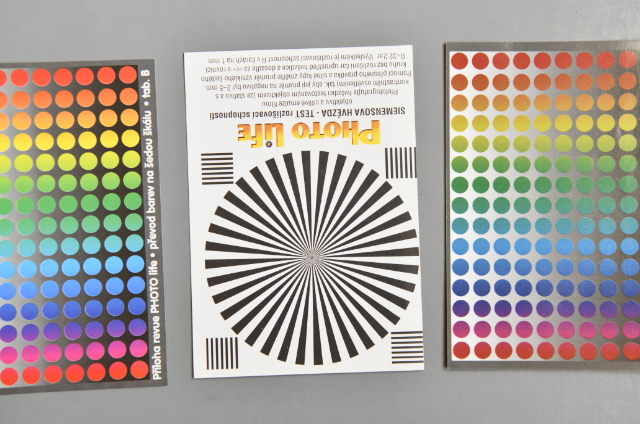 |
| ND8; Shutter Speed: 2 |
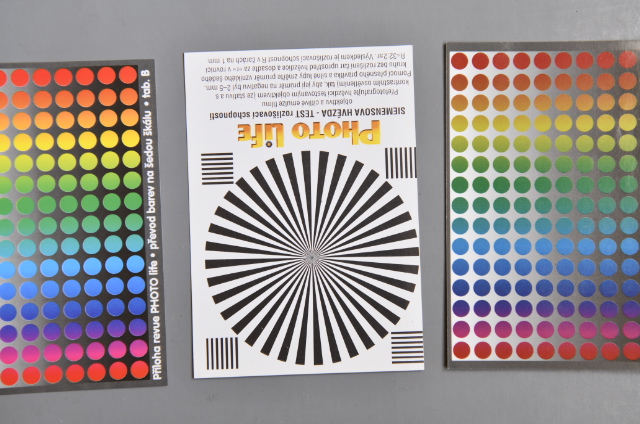 |
| ND64; Shutter Speed: 13 |
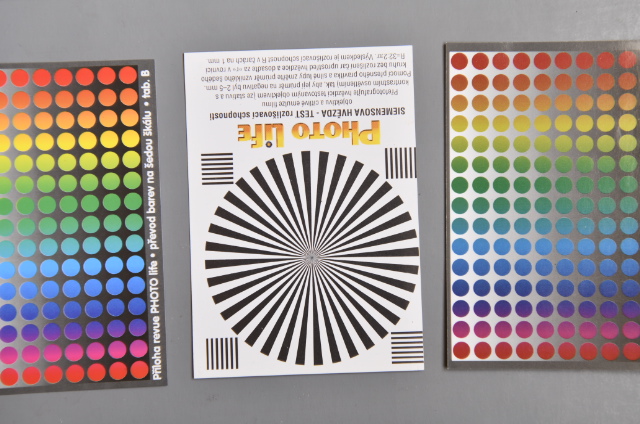 |
| ND1000; Shutter Speed: 204.1 |
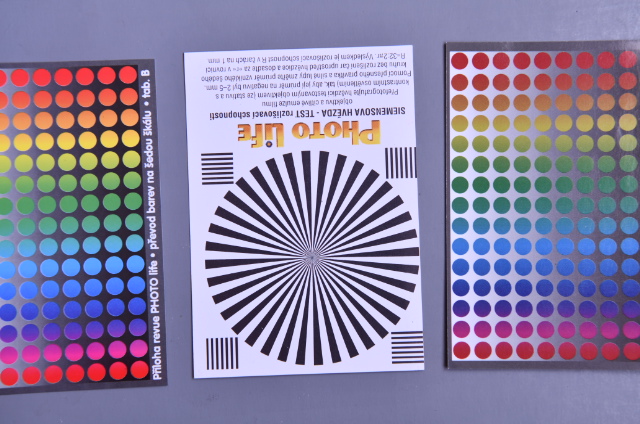 |
| Natural night; Shutter Speed: 0.3 |
 |
| No filter; Shutter Speed: 1/5 |
Maybe I should have first watched the video (in Czech) by Jan Březina. On the other hand, I could have guessed instinctively (based on my knowledge of physics and chemistry) that the soft graduated filter makes little sense while the hard one is much more useful but I would not have anticipated that the soft one is included and the hard one is not. I have already bought the hard graduated filter. I am not sure, maybe it is a temporary covid-19 problem in production but it seems that I have managed to buy the last piece available in the Czech Republic. I can imagine the use of ND8 because I like taking photos during nighttime but I will probably never use ND32000. I cannot judge the mechanical properties, I own the filters for a short time. Only the polarizing filter fell of my hands to the floor with no harm to it. The optical quality is clearly visible from the pictures. Circular Polarization Filter is described on its own page.
After finishing the text I went to make photos and during processing in darktable I started thinking how useful the graduated filters are. The boundary on a physical filter is always linear but it can be curved in darktable. However, it would also darken the building therefore we have to add a parametric mask which affects the sky only. Of course, we can affoard such processing only if we use the raw images. The sample of sky darkening is below.
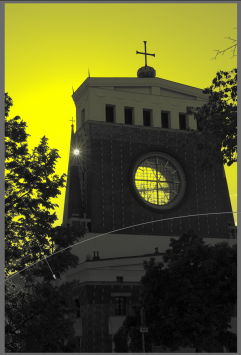 |
|
| Mask (yellow) | Effect of the mask |
The next two samples were made in gimp. Two differently exposed images were prepared from a single image in the raw format. A mask is more easily prepared for the lightest part. The lower layer thus contains an image with properly exposed sky, the upper image has properly exposed foreground but the mask displays the sky from the lower layer. Both layers were created from a single image in the raw format, it is therefore not necessary to use a tripod.
The last sample shows the darkening of the views outside. One layer contains an image exposed according to th interier, the other is exposed according to the view through. Notice that the mask reduces the sheen of the floor as well, especially in the lower left corner. Both layers are again created from a single image in the raw format. A graduated filter cannot be used in this case.
The future practice will show whether the graduated filters are useful or whether they can be substituted with a powerful software for processing the raw images. I any case, we have shown cases where a graduated filter cannot be used.